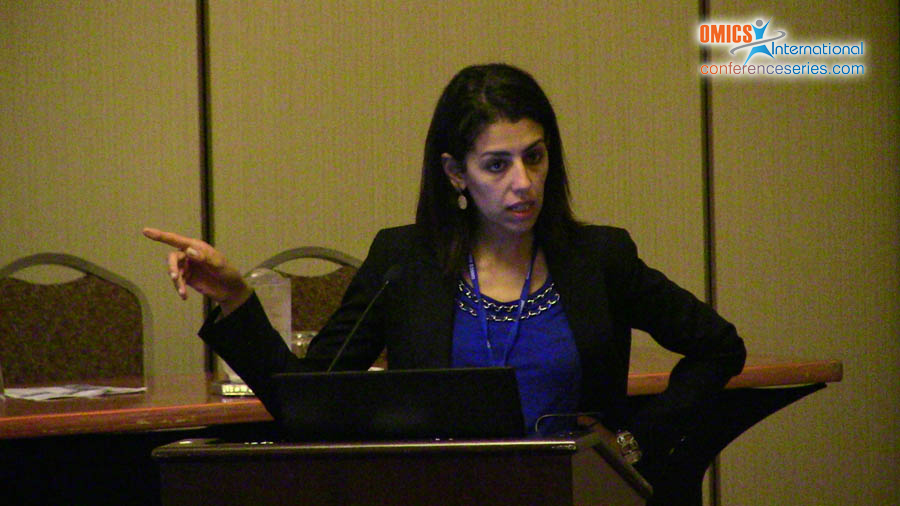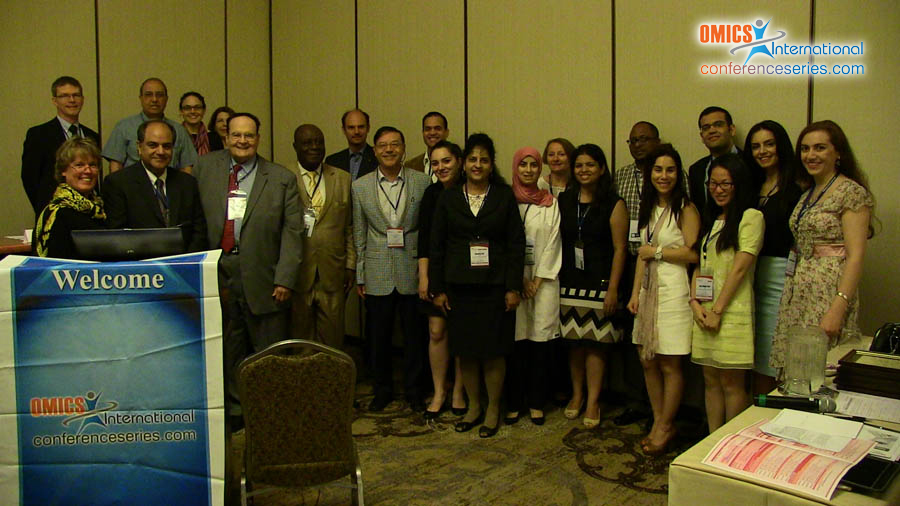
Yasmine Amr Issa
Alexandria University
Egypt
Title: Evaluation of serum level of B lymphocyte activating factor of the tumour necrosis factor family and peripheral blood CD19+ B lymphocytes in patients with generalized vitiligo
Biography
Biography: Yasmine Amr Issa
Abstract
Background: There is a strong body of evidence supporting an autoimmune basis forgeneralized vitiligo. B lymphocyte activating factor of the tumour necrosis factor family (BAFF)is known to be involved in the pathogenesis and progression of autoimmune diseases. Objective: To evaluate serum levels of BAFF and peripheral blood CD19+ Blymphocytes in patients with generalized vitiligo and to explore the effect of treatment withnarrow band ultraviolet B (NB-UVB) on their levels. Methods: Serum BAFF and peripheral blood CD19+ B lymphocytes were measured in30 patients with generalized vitiligo and 30 healthy control subjects. Patients received NB-UVBsessions for three months and follow up samples were then collected. Results: Serum BAFF and peripheral blood CD19+ B lymphocytes were significantlyhigher in patients than in control subjects (p<0.001). No significant correlation was detectedbetween serum BAFF and CD19+ B lymphocytes. In addition, correlations between serumBAFF or CD19+ B lymphocytes and disease duration, activity and severity were nonsignificant. After treatment with NB-UVB, significant reduction in the vitiligo area severity index (VASI)score was detected (p=0.02), but serum BAFF levels and Peripheral blood CD19+ Blymphocytes did not show significant change. Conclusion: Elevation in serum BAFF levels and CD19+ B lymphocytes in generalized vitiligo patients possibly provides further support to the autoimmune hypothesis of the disease and to the possible role played by B lymphocytes in the pathogenesis of the disease




